Description
The Kaner Plant (Cassia fistula): A Golden Emblem of Nature’s Splendor
The Kaner plant, also known as Cassia fistula, is a vibrant and ornamental tree celebrated for its striking golden-yellow flowers and ecological benefits. Commonly referred to as the Golden Shower Tree, it belongs to the Fabaceae family and is native to the Indian subcontinent and Southeast Asia. Known in various regions by names such as Amaltas in Hindi and Konna in Malayalam, the Kaner tree is deeply embedded in the cultural, medicinal, and ecological fabric of many tropical countries.
Botanical Description
Cassia fistula is a medium-sized deciduous or semi-evergreen tree that typically grows to a height of 10 to 20 meters (33 to 66 feet). It has a moderate growth rate and features a smooth, greenish-gray bark when young, which becomes rough and brown with age. The tree is particularly admired for its lush foliage and cascading floral arrangements that appear in late spring or early summer.
The leaves of the Kaner plant are pinnately compound, usually with 4 to 8 pairs of leaflets, each measuring about 7 to 15 cm in length. These leaves are green and lance-shaped, contributing to the tree’s graceful appearance.
The most striking feature of the Kaner plant is its long, pendulous flower clusters, which can be up to 30 to 50 cm in length. Each cluster is packed with bright yellow, five-petaled flowers that bloom in abundance. These golden blossoms have a slightly sweet fragrance and are rich in nectar, making them highly attractive to bees, butterflies, and birds.
Following the flowering season, the tree bears distinctive fruit pods. These are cylindrical, dark brown to black in color, and can grow up to 60 cm (24 inches) long. The pods are woody and contain numerous seeds embedded in a sticky pulp, which has medicinal properties.
Habitat and Growth Conditions
The Kaner plant thrives in tropical and subtropical climates. It prefers well-drained soils and can tolerate both sandy and loamy substrates. The tree is drought-resistant to a degree but flourishes best in areas with adequate sunlight and moderate rainfall.
It is typically found growing along roadsides, in gardens, parks, and forested areas. In India, it is commonly planted as an ornamental tree in urban landscapes due to its vibrant visual appeal and minimal maintenance requirements.
Cultural and Religious Significance
The Kaner tree holds immense cultural and religious significance in many parts of South Asia. In India, it is the state flower of Kerala, where it is locally known as Konna. The blossoms play a central role in Vishu, the Malayali New Year festival, where the flowers are used in Vishukkani—an arrangement of auspicious items viewed at dawn to bring prosperity in the new year.
In Buddhism, Cassia fistula is considered one of the sacred trees, symbolizing purity and renewal. The tree is often planted near temples and religious sites. In Ayurvedic texts, the tree is referred to as Aragvadha, meaning “disease killer,” a nod to its extensive medicinal uses.
Medicinal Uses
Cassia fistula is not only admired for its aesthetic appeal but also revered for its therapeutic properties. Almost all parts of the plant—flowers, leaves, bark, and especially the pulp of the fruit pod—are used in traditional medicine systems like Ayurveda, Unani, and Siddha.
- Laxative: The pulp of the seed pod is a powerful natural laxative. It is gentle and often used in the treatment of constipation, especially in children and the elderly.
- Antimicrobial: Extracts from the leaves and bark exhibit antibacterial and antifungal properties, making them useful in treating skin infections.
- Anti-inflammatory: Decoctions made from the bark are traditionally used to treat arthritis, swellings, and joint pain.
- Fever and Digestive Aid: The flowers and leaves are known to have properties that help reduce fever and aid in digestion.
Modern research continues to explore its antioxidant, antidiabetic, and hepatoprotective properties, supporting its inclusion in holistic healthcare.
Ecological Importance
Cassia fistula plays a significant ecological role. Its nectar-rich flowers are an excellent food source for pollinators such as bees, butterflies, and sunbirds, contributing to local biodiversity. The tree also serves as a host plant for certain butterfly larvae, supporting life cycles and maintaining ecological balance.
Moreover, the tree’s ability to tolerate urban pollution makes it an ideal candidate for planting in cities, where it contributes to air purification and offers shade and shelter to various organisms. The dense foliage helps reduce noise pollution, while the organic matter from fallen leaves enriches the soil.
Economic and Ornamental Value
The Kaner plant holds considerable ornamental value, often chosen for landscaping and beautification projects. Its flowering display transforms gardens, boulevards, and parks into vibrant golden avenues. Due to its manageable size and attractive appearance, it is frequently used in avenue plantation and urban forestry.
In rural areas, the wood of the tree, though not particularly strong, is used for making small tools and agricultural implements. The pods and leaves are sometimes used as natural fodder for cattle, especially during dry seasons when other food sources are scarce.
Propagation and Care
Kaner trees are generally propagated through seeds, although cuttings and grafting methods can also be used. The seeds have a hard coat and often require scarification (scratching or soaking in hot water) to improve germination rates. Once established, the tree requires little care and is highly resilient to pests and diseases.
Regular pruning helps maintain the desired shape and encourages flowering. The tree does not require excessive watering and can survive in areas with seasonal drought, making it suitable for low-maintenance landscaping.
Conclusion
The Kaner plant, or Cassia fistula, is a magnificent tree that combines aesthetic charm, cultural depth, medicinal richness, and ecological utility. Its radiant yellow blossoms mark the change of seasons and bring joy and beauty to the landscapes it adorns. From sacred rituals to traditional healing, from sustaining wildlife to beautifying cities, the Kaner tree is truly a golden gift of nature. As awareness grows about sustainable living and environmental conservation, planting such versatile and beneficial trees can help promote greener, healthier communities for generations to come.

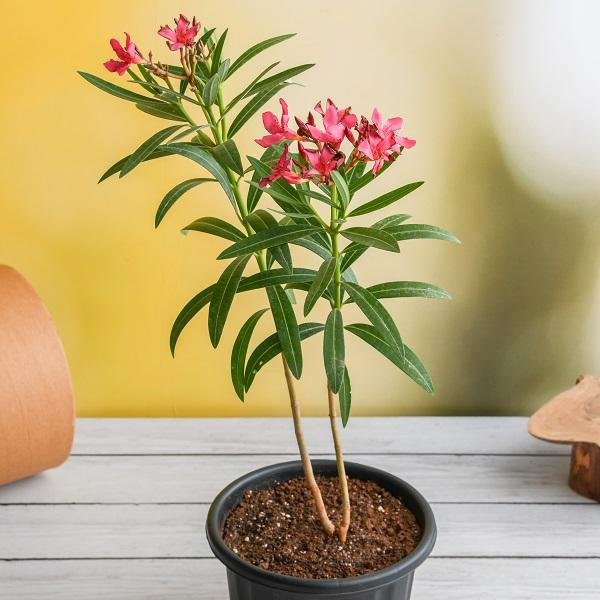
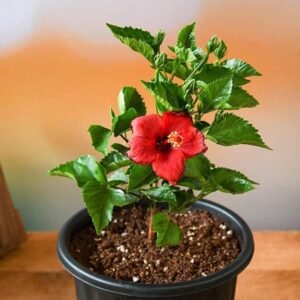
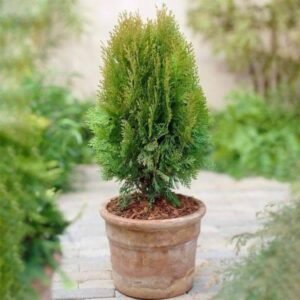
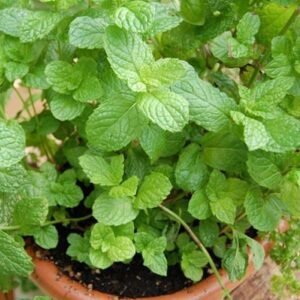
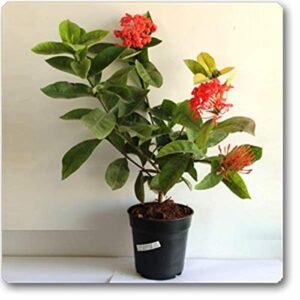 HAVELIYA-PLANT
HAVELIYA-PLANT 

Reviews
There are no reviews yet.